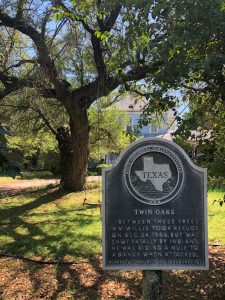
The Lost Maples of Vanderpool in the Texas Hill Country
By Amira Hamdan
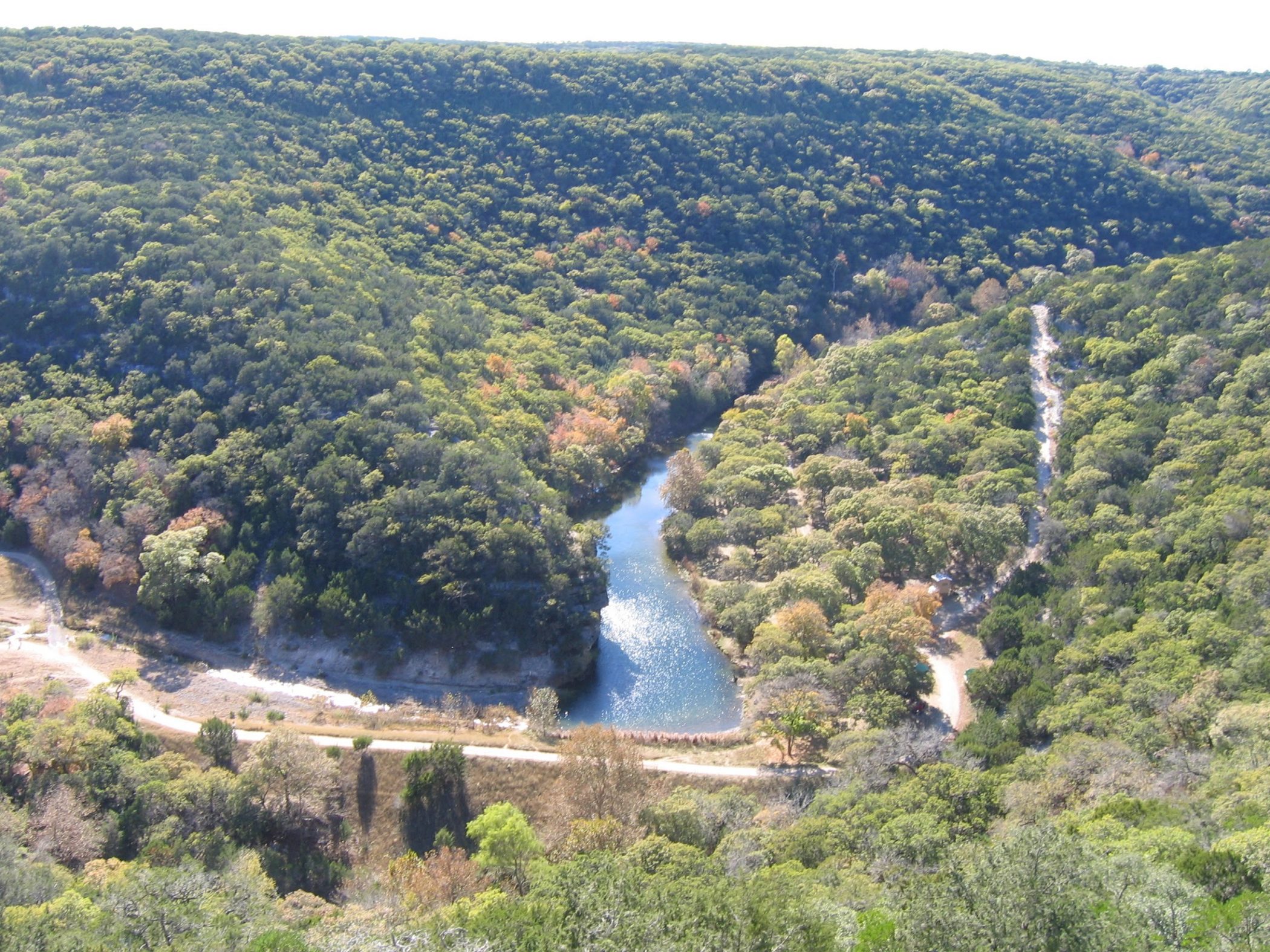
The four seasons in Texas are an elusive thing. Sure, you’ll find summer, and even for a month or two, you’ll enjoy the mildest of winters south of the Panhandle. (You’ll find real winter in the Panhandle itself.) Spring lasts about as long as a weekend flash flood. As for fall? Well, autumn is the hardest season to find in the Lone Star State. But if you head northwest, a little less than two hours from San Antonio, you’ll find it in Vanderpool. The Lost Maples State Natural Area puts on quite a show of red, yellow and orange in autumn.
In the last ice age, the range of maples was much greater and reached well into Texas. The Vanderpool maples are rare relics of that era, able to survive due to the area’s microclimate and uncommon soils. These trees are an ancient and colorful reminder of what trees do for local ecosystems and how much of an impact they make.
What You’ll See
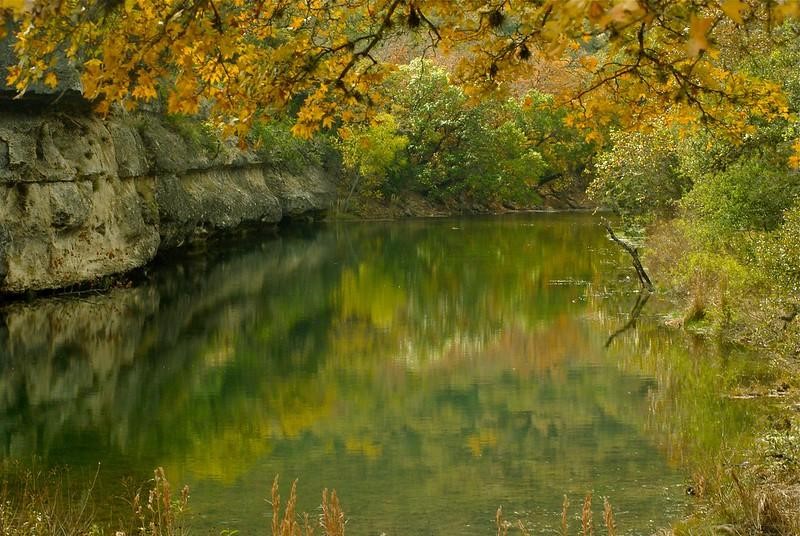
New Englanders might take fall colors for granted — but not Texans. As much as Texans love their hot summers and mild winters, they go crazy for things Northerners take for granted, such as snow and red and gold autumn leaves. That’s because in most parts of the state, maples are not native plants and have a harder time surviving outside of this micro-ecosystem in Vanderpool. Native plants are vegetation that grows naturally and doesn’t need a lot of TLC to survive – like the live oak trees that dot the Texas landscape, or the yaupon, or the prickly pear cactus.
Of course, fall color depends on the weather conditions, and so the state puts out fall foliage reports online and on social media. You can get an idea of how intense the colors are before you hit the road. Vanderpool is also a scenic drive from the popular tourist towns of Fredericksburg and Kerrville. You can make Vanderpool part of a day or weekend in the Texas Hill Country. It’s a great excuse to get outside and enjoy Texas’ brief fall season.
How to Get There
San Antonio is the closest major city to this natural wonder. The fastest way to Vanderpool from SA is west on US-90 to Sabinal, where you hang a right on North Center Street. That turns into TX-127 for a while, and then it turns into Ranch Road 187 before depositing you at the Lost Maples. You’ll find the town of Vanderpool just north of the Lost Maples. If you’re coming from I-10 north of San Antonio, turn west on TX-27. Turn right on Ranch Road 187, which takes you right to the park.
Know Before You Go
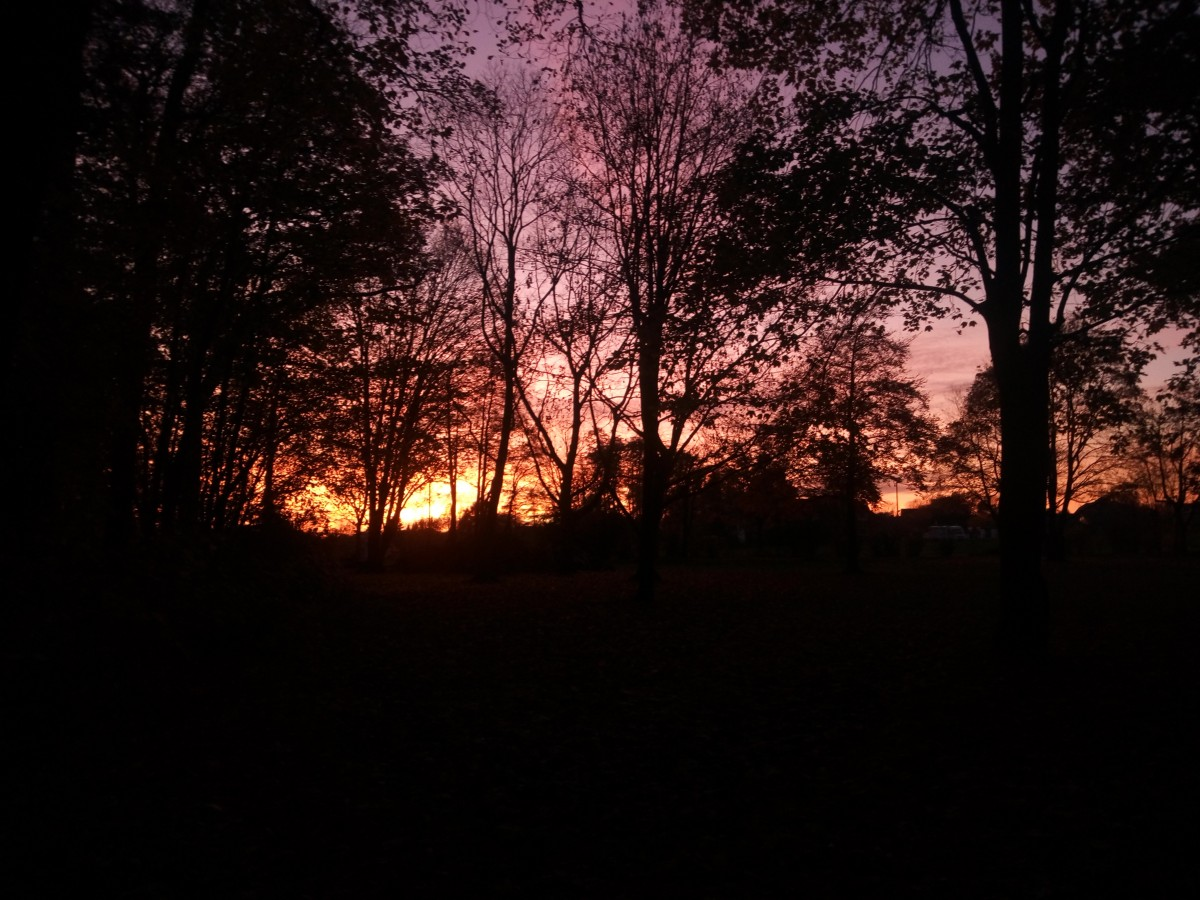
Turns out autumn is so popular in the state of Texas, the Texas Department of Parks and Wildlife often has to close the park when it hits capacity. But you can reserve your spot at the Lost Maples State Natural Area. Once the sun goes down, the stars at night are big and bright at Lost Maples (which literally is deep in the heart of Texas) — and a treat for stargazers. There’s an entrance fee to Lost Maples State Natural. It’s $6 for adults, and free to kids 12 and younger.
Few people need an excuse to get away to the Texas Hill Country, but in November, you can add one more reason to run for the hills. The Lost Maples of Vanderpool will make you think — just for a moment — that you’re in an autumn wonderland, in one of the best regional vacation areas in Texas.
Amira Hamdan is a traveler who loves to write, and a writer who loves to travel. Plunk her down in a new place and she will find the best local cuisine by noon and the best campsite or B&B by nightfall.
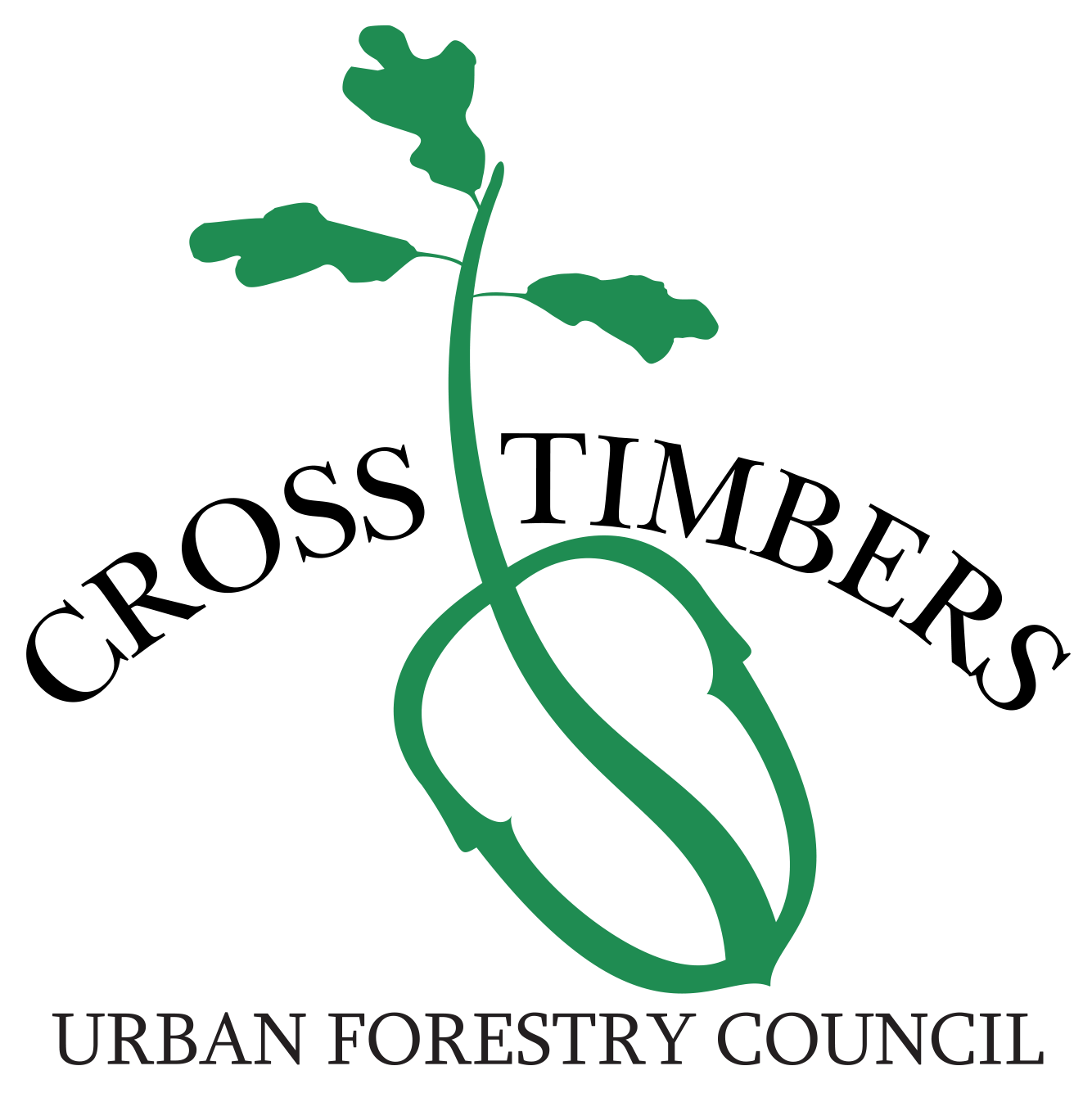
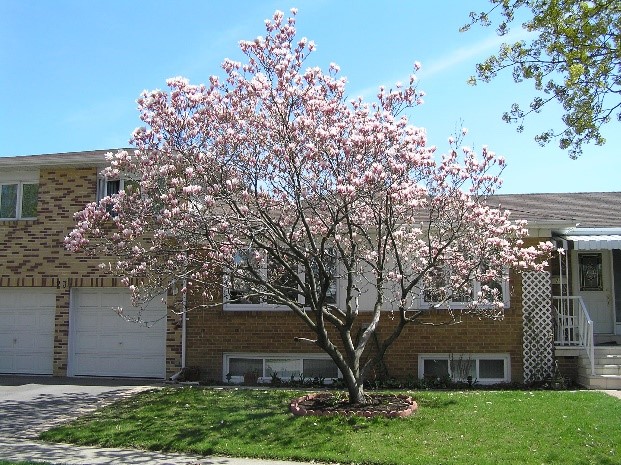


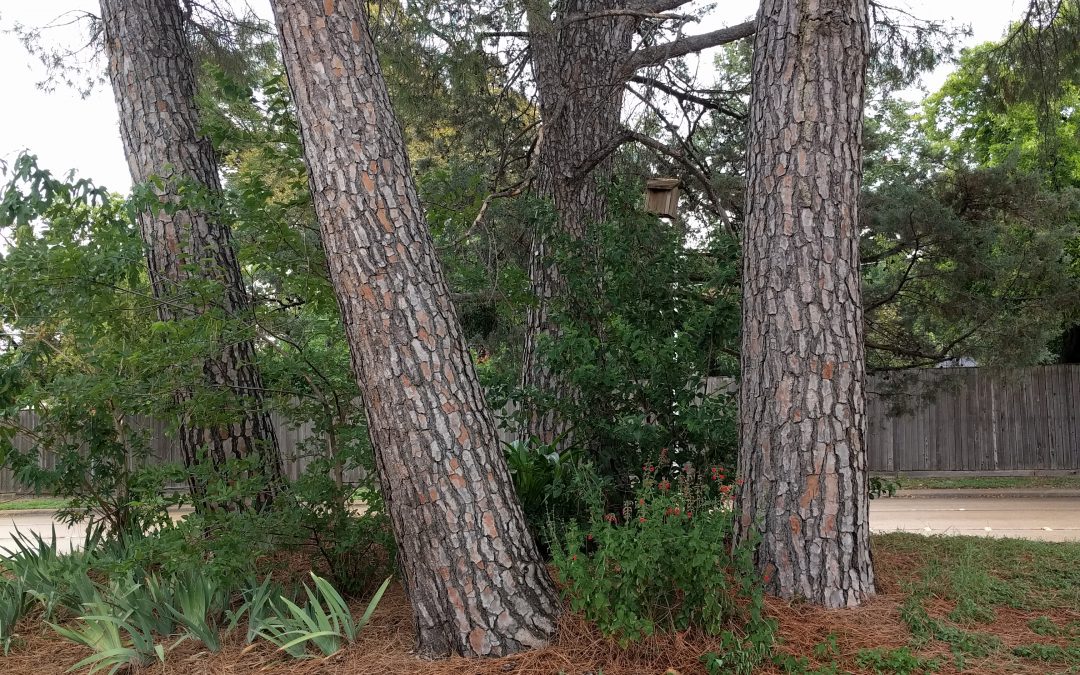
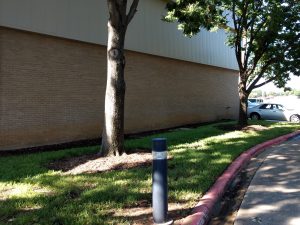
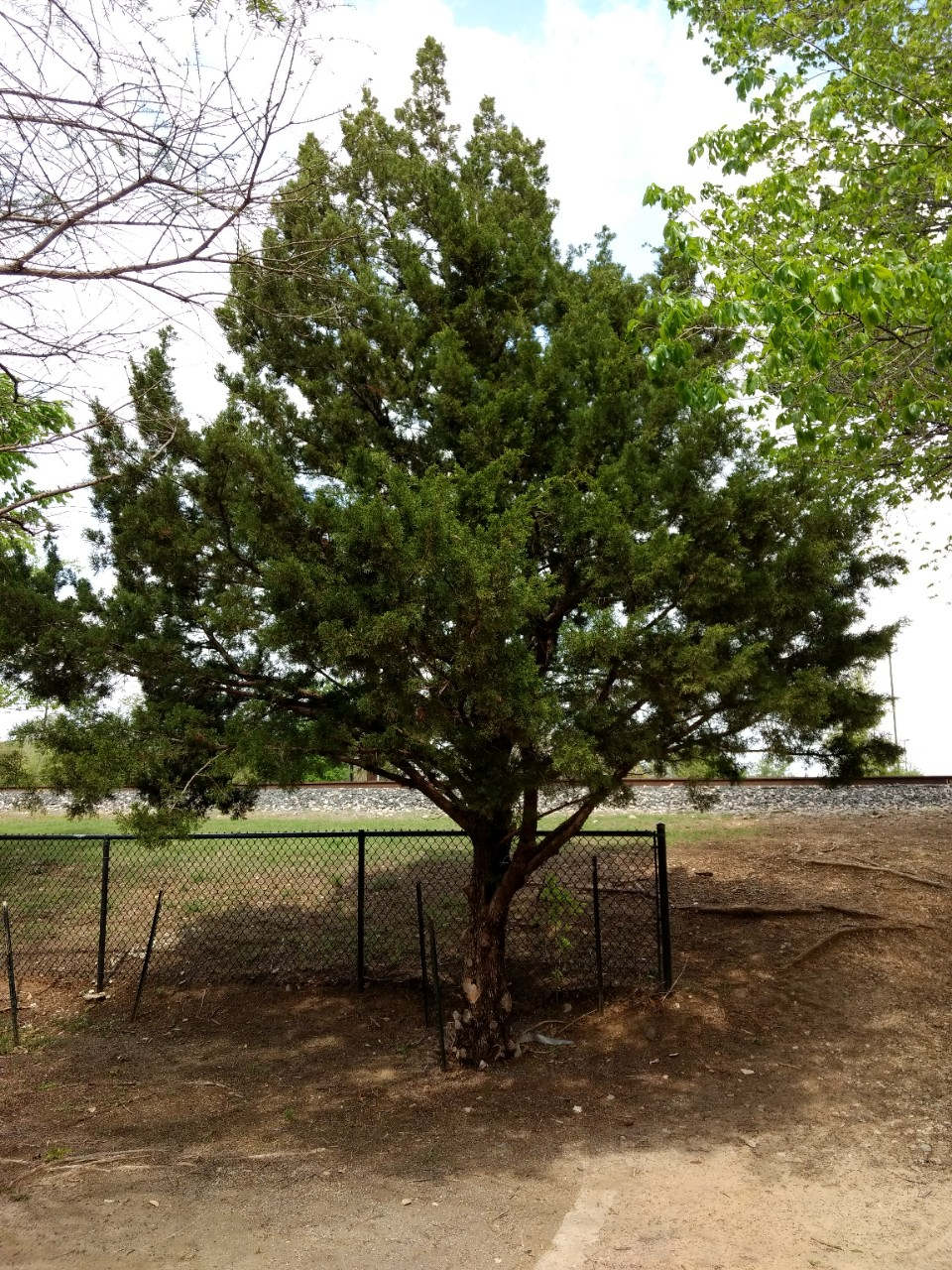
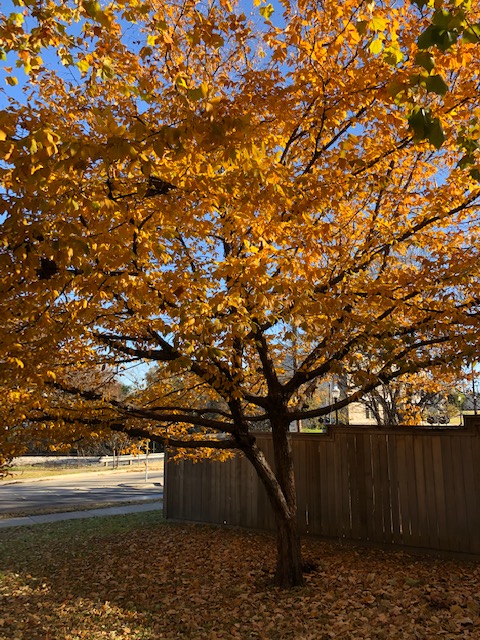

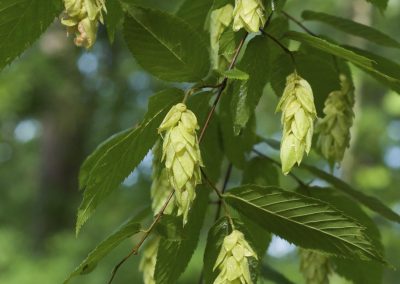
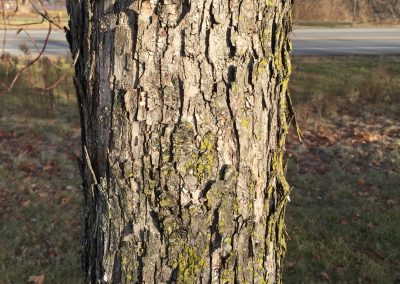
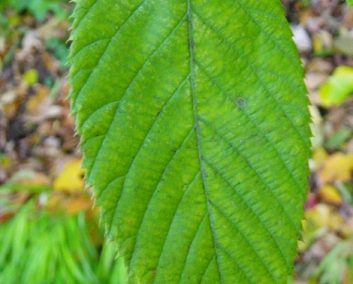
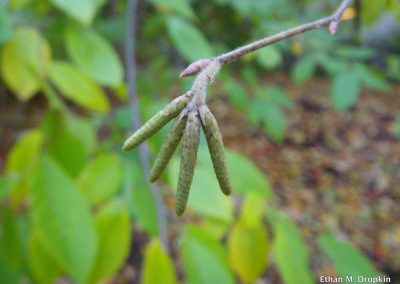
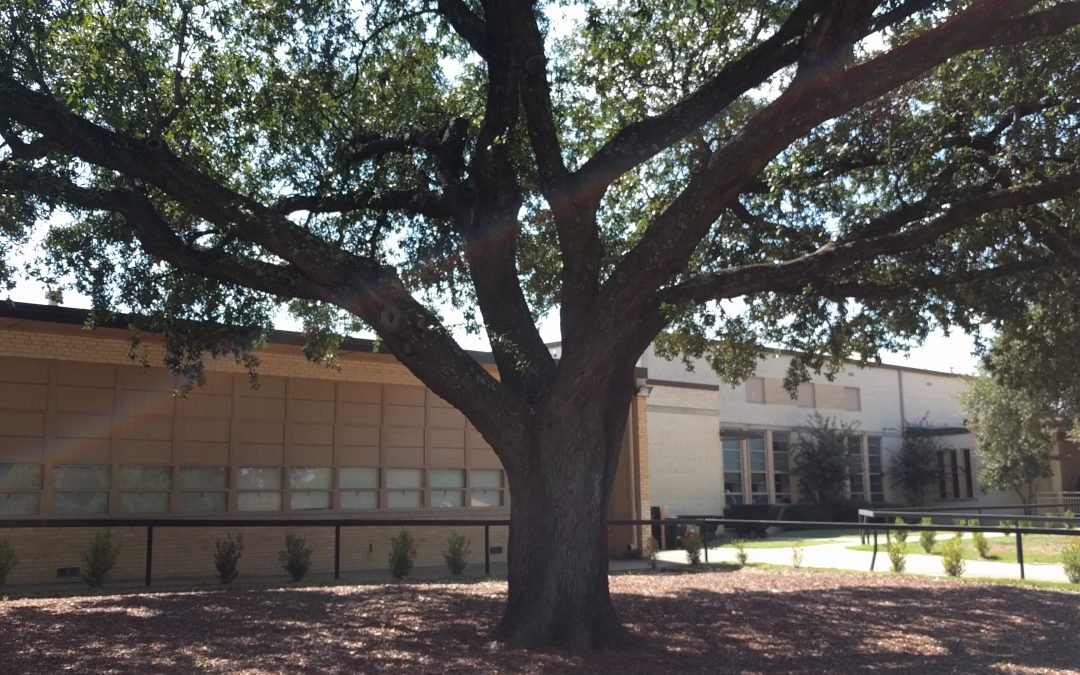

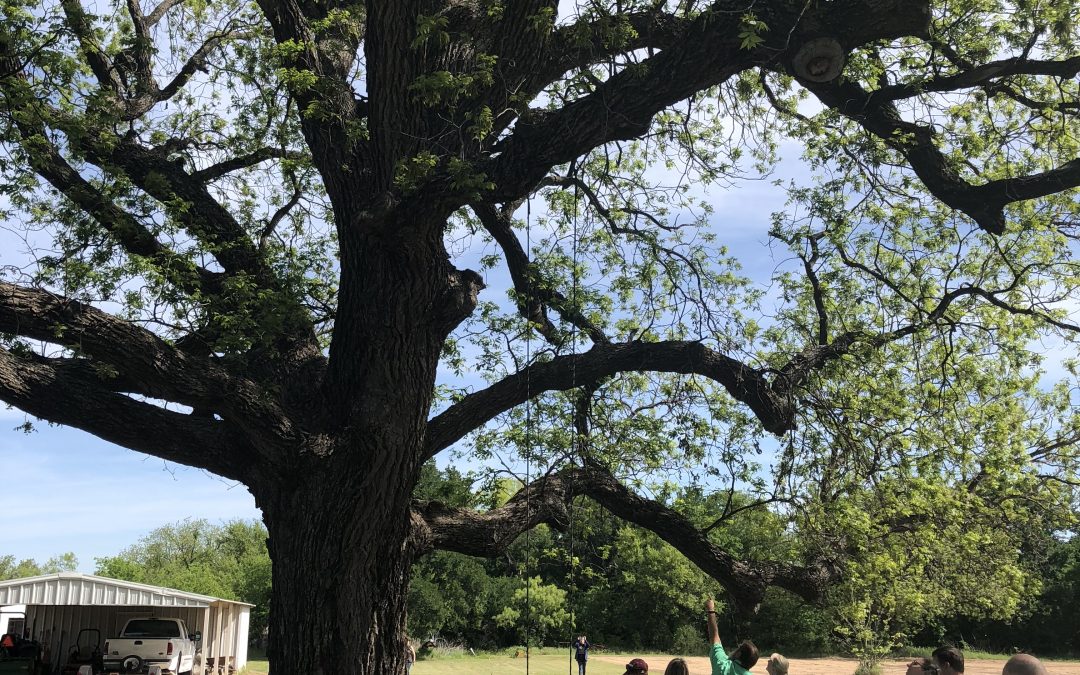

.jpg)
